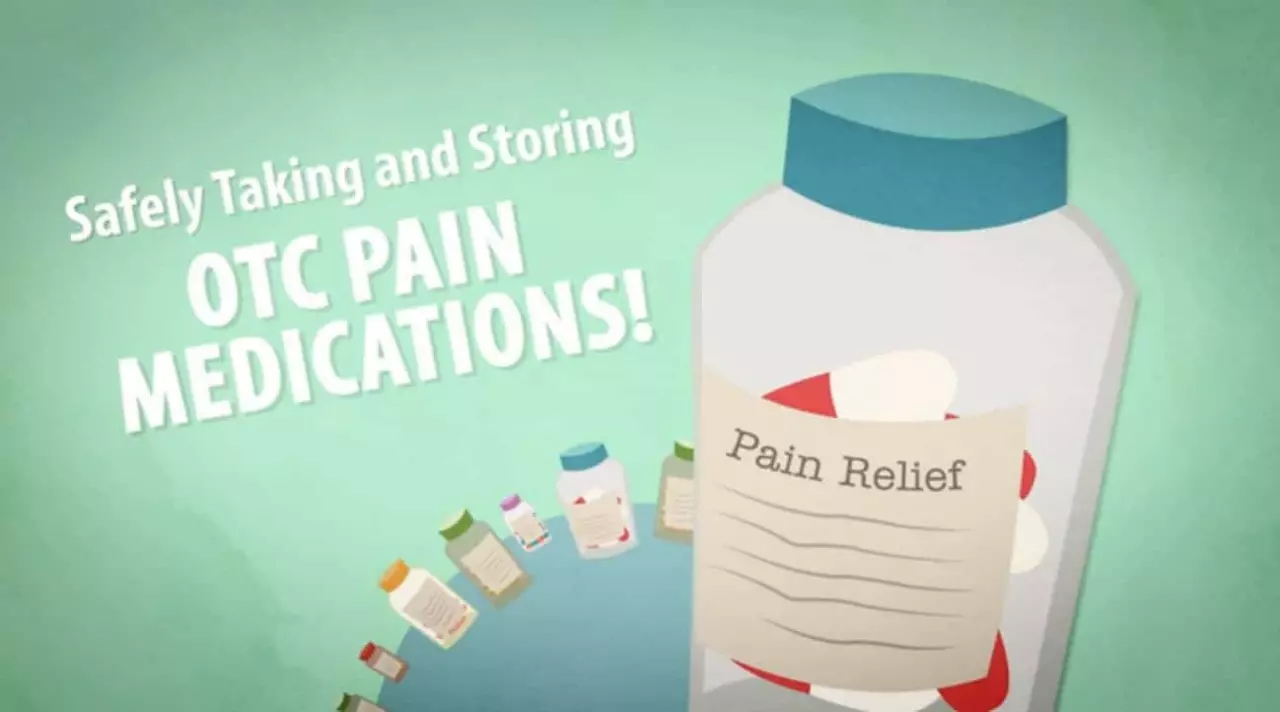Dispose Medications Safely
Got old pills, leftover liquids, or used needles? Tossing them randomly is risky — accidental poisoning, theft, and water contamination are real problems. This guide gives clear, practical steps you can follow today to get rid of meds without creating new hazards.
Quick steps for safe home disposal
First, check the label or the patient leaflet. Some medicines include specific disposal instructions. If the label says to keep them until you can return them to a pharmacy or take-back event, follow that.
If no special instructions exist and you can’t access a take-back program, do this simple home method: remove pills from the bottle, mix them with an undesirable substance (used coffee grounds, dirt, or kitty litter), put the mixture in a sealed plastic bag or container, and toss it in the household trash. For liquid medicines, mix with absorbent material (paper towel, cat litter) first, then seal and trash. This makes the meds less tempting and harder to retrieve.
Always scratch out or remove personal information from prescription labels before tossing containers. That protects your privacy and prevents identity misuse.
When to use take-back programs, flush lists, and sharps disposal
Take-back programs and pharmacy drop-off boxes are the best option. They ensure controlled, safe destruction and are usually free. Check your local pharmacy, police station, or municipal website for permanent drop-off locations or DEA National Prescription Drug Take Back events.
Some high-risk opioids and certain other medicines are on the FDA’s flush list. Only flush if the medication’s label or the FDA specifically says to do so. If unsure, prefer a take-back option — it’s safer for the environment and your household.
Needles and other sharps need special handling. Don’t put loose sharps in the trash. Use an FDA-cleared sharps container or a heavy plastic household container (like a laundry detergent bottle) with a tight lid. When it’s full, seal it and take it to a sharps drop-off site, mail-back program, or follow local disposal rules. Many pharmacies and health departments accept sharps.
If you’re dealing with controlled substances (pain meds, sedatives), prioritize take-back options. If you must dispose at home, follow the mixing and sealing steps, and never share or give these meds to anyone.
Still unsure where to go? Your pharmacist can point you to local take-back sites, approved mail-back services, and community programs. Keeping unused meds out of reach and disposing of them the right way protects kids, pets, and the environment — and it only takes a few minutes to do safely.
Want a quick checklist to keep handy? 1) Check label for instructions. 2) Use take-back/drop-off if possible. 3) If not, mix meds with an undesirable substance and seal. 4) Remove personal info from packaging. 5) Use proper sharps containers. Simple steps, big impact.
- Colin Hurd
- May, 28 2023
- 14 Comments
How to safely store and dispose of butylscopolamine
As a blogger, I've recently learned about the importance of safely storing and disposing of butylscopolamine. To ensure safety, it's crucial to store this medication in a cool, dry place away from heat, moisture, and direct light. Keep it out of reach of children and pets to prevent accidental consumption. When it's time to dispose of expired or unused butylscopolamine, it's best to return it to a pharmacy or a local drug take-back program. By following these guidelines, we can protect ourselves and our loved ones from the potential dangers associated with improper storage and disposal of this medication.

